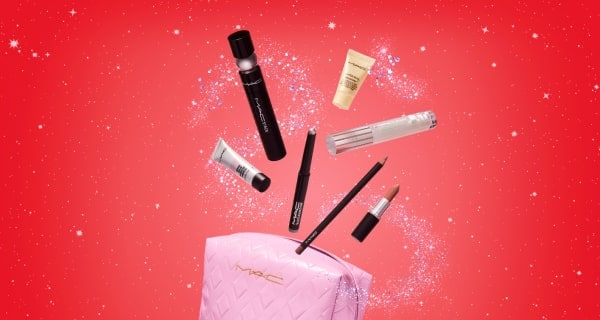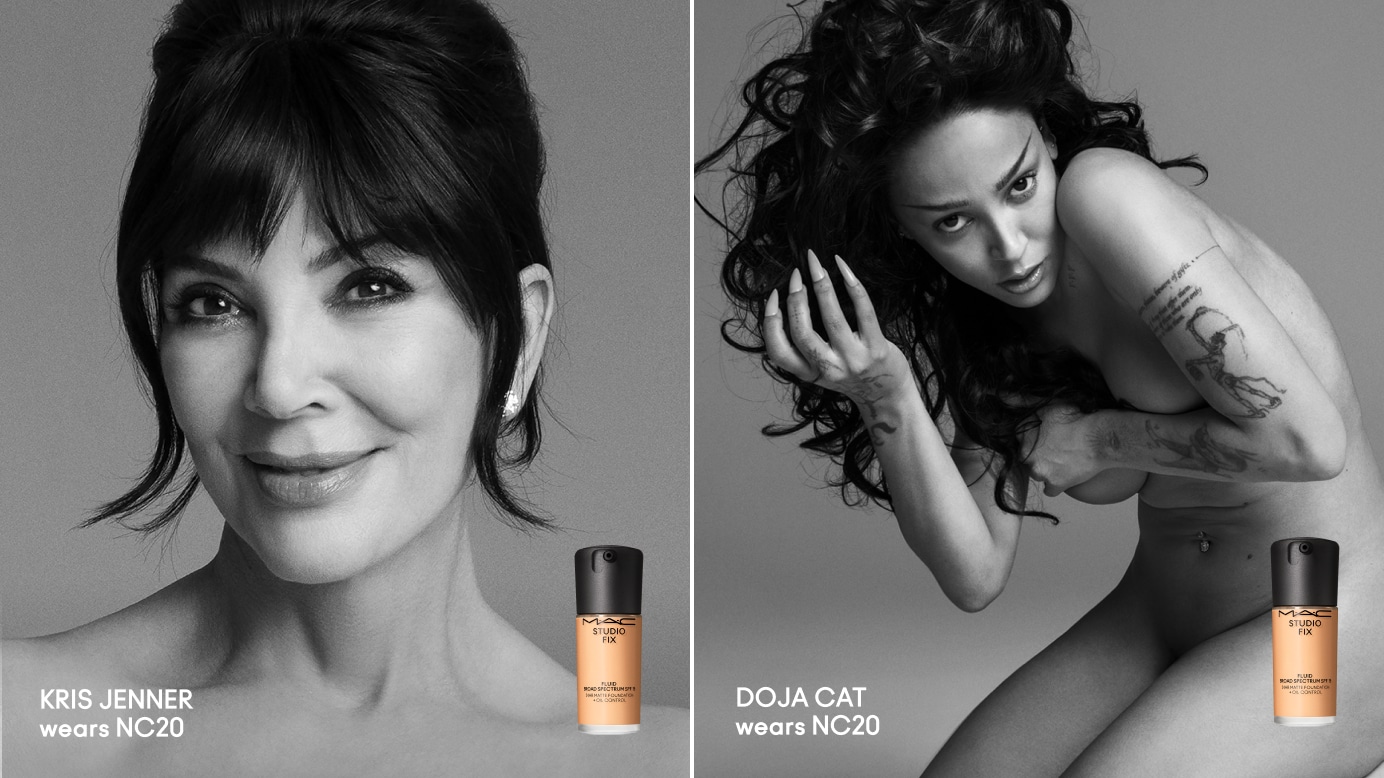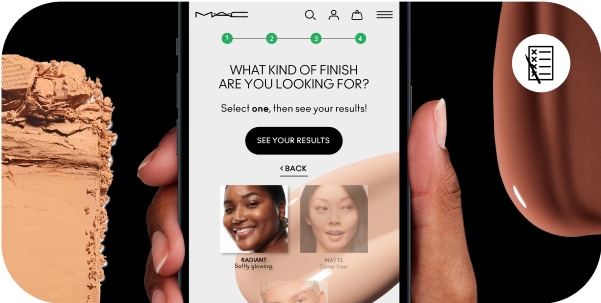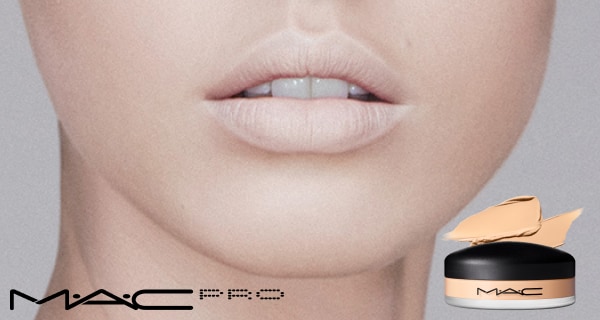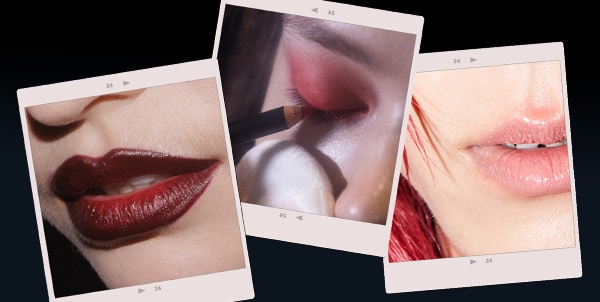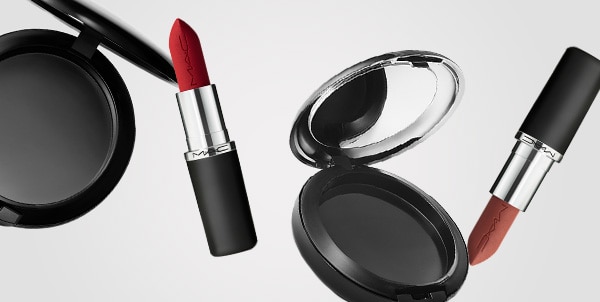
ALL AGES. ALL RACES.
ALL GENDERS.
INCLUSIVE SINCE INCEPTION IN 1984, MAC CELEBRATES DIVERSITY AND INDIVIDUALITY
Through our plan of action announced last October, MAC UK & Ireland continues to stand with and support the black community in the ongoing fight against systemic racism.
WHAT'S THE LATEST

YOUR ARTIST. YOUR MAKEUP. YOUR WAY.
Book your FREE one-to-one service with a MAC Artist, now with the option to be joined by a British Sign Language (BSL) interpreter* for the first time. A 45 minute service personalised service to you. It's makeup, your way.
*Service with British Sign Language Interpreter to be booked 72 hours in advance, subject to availability.
DISCOVER WHAT ELSE IS NEW

RACE EQUALITY FOUNDATION
We are proud to support the Race Equality Foundation who work to tackle racial inequality in public services, improving the lives of Black, Asian and minority ethnic communities across the country. In celebration of Black History Month, we invited to our studio, young women from the charity's co-production group around Racism and Interrogational Trauma, to learn about #VIVAGLAM and to meet some of our incredible MAC artists.
"Working with MAC was an unforgettable experience. The professionalism, positivity and knowledge that I received from the people in the room was highly valued. I'm grateful for my experience and hope to one day work with them again."
Edrisa, from the Racism and Trauma co-production group
"Working with MAC was an unforgettable experience. The professionalism, positivity and knowledge that I received from the people in the room was highly valued. I'm grateful for my experience and hope to one day work with them again."
Edrisa, from the Racism and Trauma co-production group
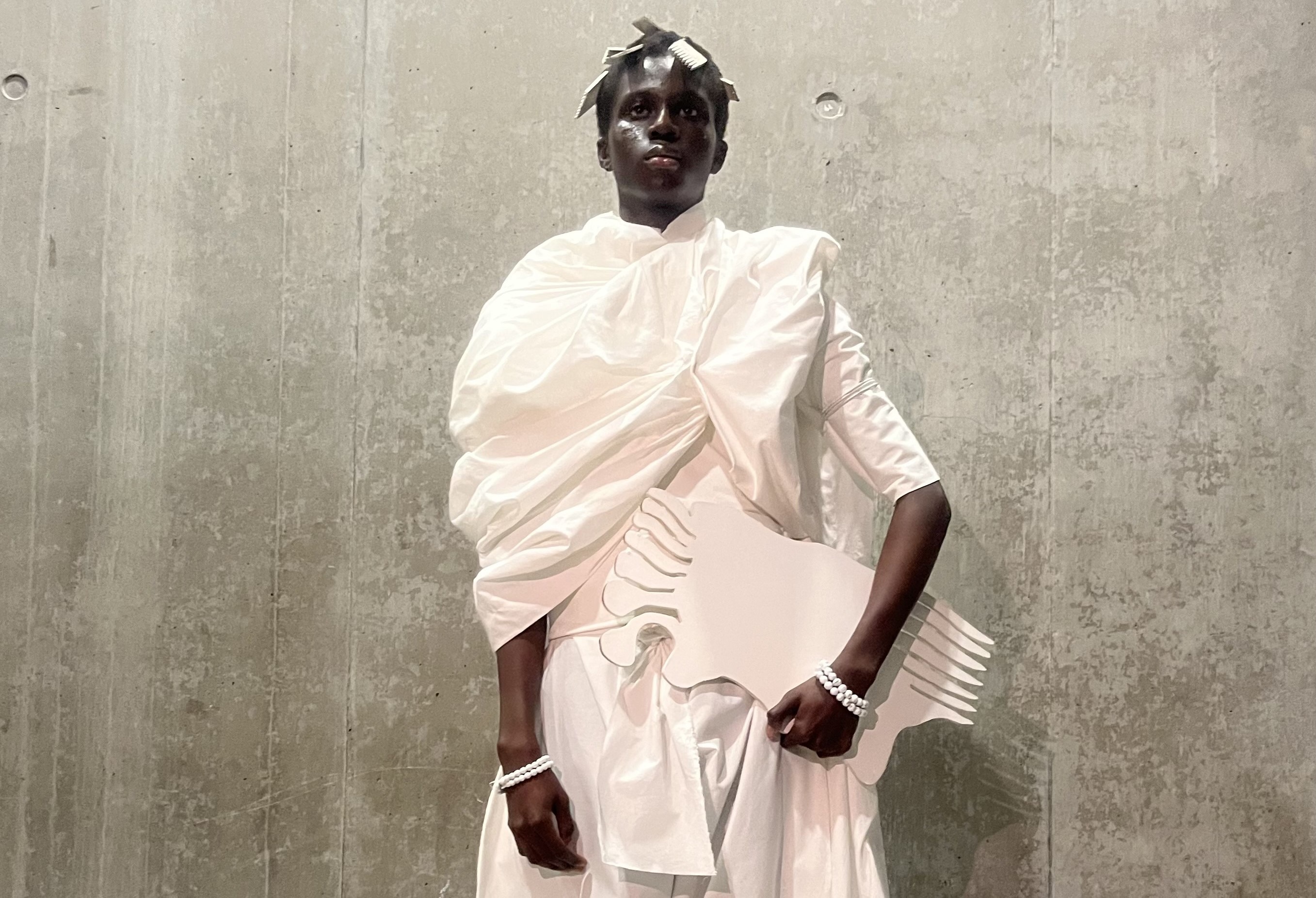
MAC COSMETICS EQUAL FUTURES SCHOLARSHIP AT CENTRAL SAINT MARTINS
MAC Cosmetics is proud to announce the recipient of the 2023/24 MAC Cosmetics Equal Futures Scholarship for BA Fashion at globally renowned art and design institution Central Saint Martins, London. As part of its ongoing commitment to advancing equality, inclusion and justice, MAC Cosmetics introduces Anisa Ibrahim as the second recipient of the Scholarship. Awarded to a Black, Asian or Multi-Ethnic student, the scholarship, now in its second year, will cover maintenance and support for the three-year period of their degree.
“As a result of being a recipient of this award, I believe that this scholarship will be the stepping stone to greater success for me as a designer in the future. This is because the support this scholarship provides means that I will have the skills and attributes that the fashion industry looks for and seeks out, which to me is someone who has an innovative, authentic and extensive portfolio, something I hope to develop by the end of my BA degree.”
Anisa Ibrahim, scholarship recipient
“As a result of being a recipient of this award, I believe that this scholarship will be the stepping stone to greater success for me as a designer in the future. This is because the support this scholarship provides means that I will have the skills and attributes that the fashion industry looks for and seeks out, which to me is someone who has an innovative, authentic and extensive portfolio, something I hope to develop by the end of my BA degree.”
Anisa Ibrahim, scholarship recipient

BALLET BLACK
Celebrating diversity in dance, MAC UK & Ireland have partnered with Ballet Black for over 20 years, supporting their mission to see a fundamental change in the number of Black and culturally diverse dancers in mainstream ballet companies today. From shade-matching ballet shoes with Studio Fix Fluid Foundation, to co-creating looks and providing products for their virtual and physical shows – MAC is a proud partner of Ballet Black and all their dancers.
“I founded Ballet Black in 2001 as a direct response to the lack of representation of Black and Asian dancers in classical ballet here in the UK. In the lead up to our first performance, I was searching for high quality makeup that catered to the different skin tones of our dancers, not only for them to wear in performance but so that we could paint our ballet shoes to match our skin colour. Back then, MAC was one of the first brands to offer such products and were also one of the first companies outside of the dance world to support our mission. Fast forward to today, and we are proud to continue our decades long partnership with MAC, upholding the ideals of inclusivity and equality for all.”
Cassa Pancho MBE Founder and Artistic Director, Ballet Black
“I founded Ballet Black in 2001 as a direct response to the lack of representation of Black and Asian dancers in classical ballet here in the UK. In the lead up to our first performance, I was searching for high quality makeup that catered to the different skin tones of our dancers, not only for them to wear in performance but so that we could paint our ballet shoes to match our skin colour. Back then, MAC was one of the first brands to offer such products and were also one of the first companies outside of the dance world to support our mission. Fast forward to today, and we are proud to continue our decades long partnership with MAC, upholding the ideals of inclusivity and equality for all.”
Cassa Pancho MBE Founder and Artistic Director, Ballet Black
BLACK AT MAC


REGIONAL TRAINER
NATALIE PRICE
“My chosen products will always give me the ultimate glow and enhance my natural features.”


ASSISTANT PRODUCT MARKETING MANAGER
ESTHER TAIWO
“My go to look will forever be radiant fresh-looking skin that looks like skin.”


MAC PRO TEAM ARTIST
RACHEL MASON
"My go to look will always spotlight my eyes, embrace my cheeks and accentuate my full lips.”
SHOP THE PRODUCTS MENTIONED...

Put your money where your mouth is!








